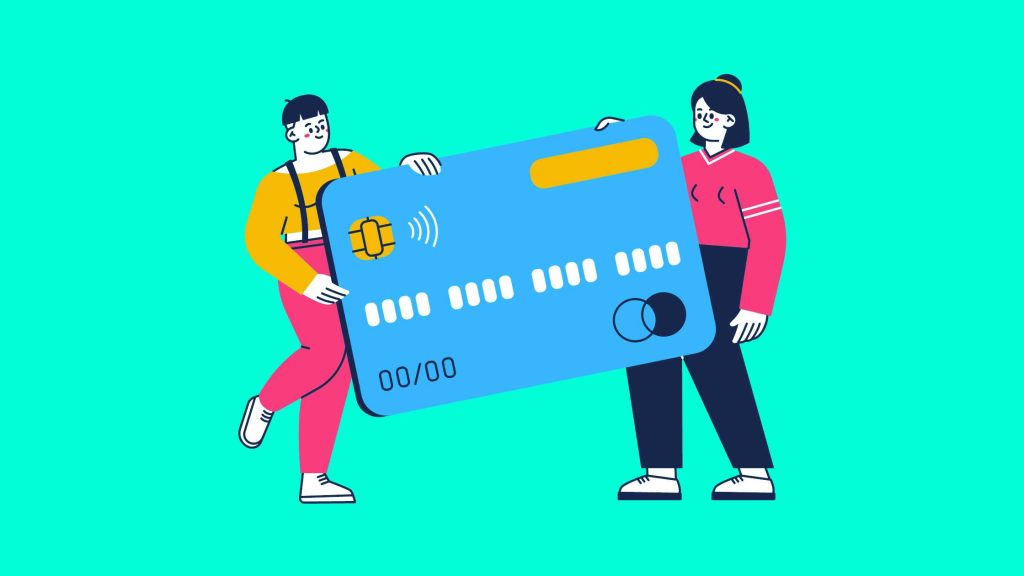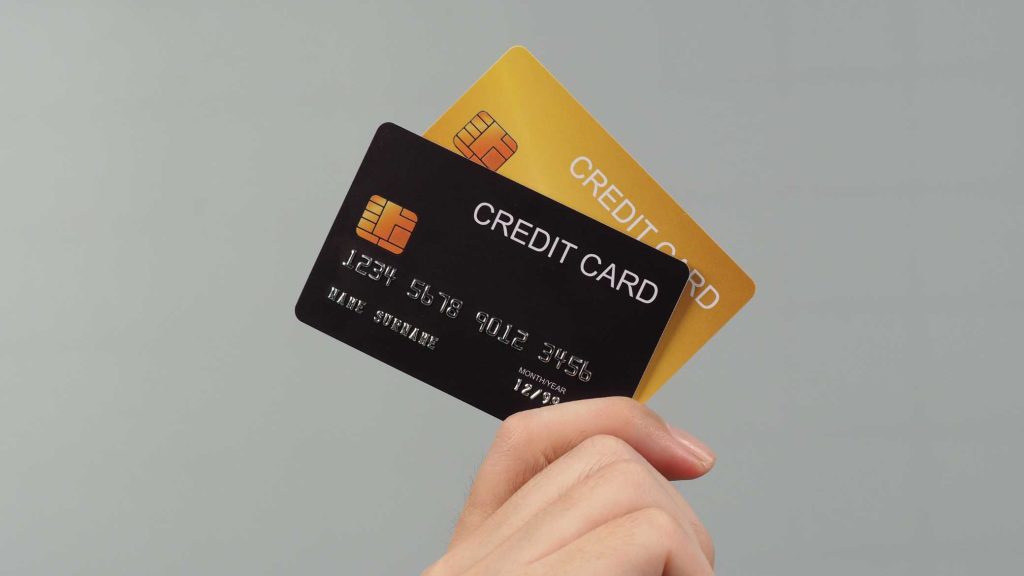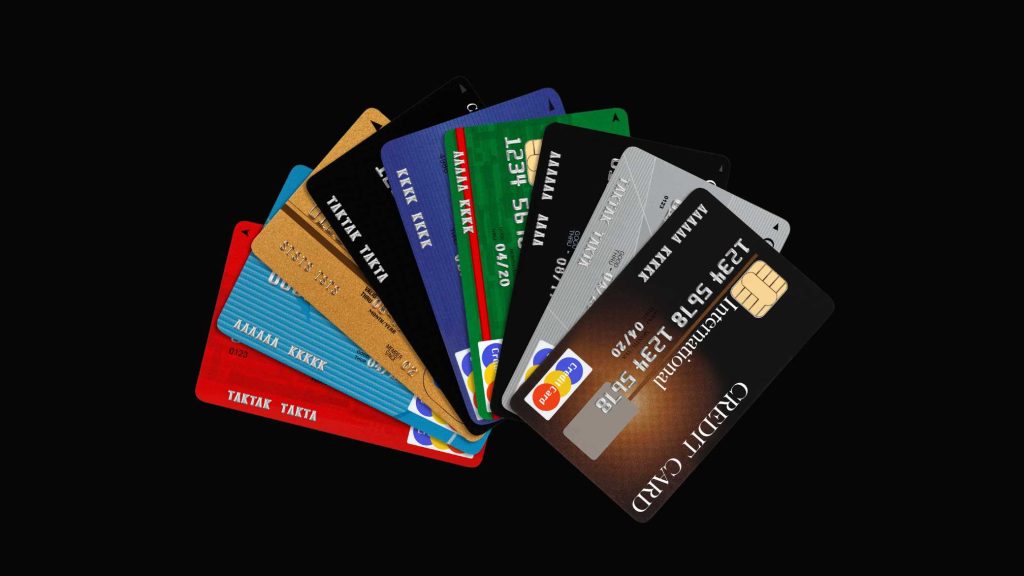Credit Card Mistakes : Avoid These Mistakes When Using a Credit Card: Unlock Many Benefits – 2024
Credit Card Mistakes : Credit cards have become an indispensable financial tool in today’s fast-paced world. With a simple swipe, we can pay for goods, services, and even emergencies. But just like any powerful tool, credit cards come with both advantages and pitfalls.
Table of Contents
If not used wisely, they can lead to significant debt and financial distress. However, when handled carefully, they offer numerous benefits. In this essay, we’ll explore how to maximize the benefits of a credit card while avoiding common mistakes.
The Dual Nature of Credit Cards

Credit cards have infiltrated both urban and rural economies, becoming a mainstay in everyday transactions. The convenience and ease they provide in financial dealings make them appealing. However, this convenience can be a double-edged sword. On the one hand, they offer flexible payment solutions, rewards, and security. On the other, they can cause financial strain if misused.
Many people fall into the trap of overspending, missing payments, or relying on credit cards to cover everyday expenses they can’t afford. This behavior can spiral into overwhelming debt. Therefore, the key to successfully managing credit cards is to approach them with a strategic mindset, focusing on their benefits while steering clear of common errors.
Understanding the Benefits and Features of Credit Cards
Before diving into credit card usage, it’s essential to grasp how a credit card can benefit you. Knowing the features and perks offered by different types of credit cards will help you choose the one best suited to your financial needs.
Also Read : Lowering Your Credit Card Interest Rate: 4 Key Strategies for Financial Success
Each credit card comes with a unique set of benefits, ranging from cashback offers to travel rewards, lower interest rates, and insurance coverage. Understanding these features allows you to leverage your card to maximize rewards, save on interest payments, and build a strong credit score.
Types of Credit Cards:
- Cashback Credit Cards: These cards offer a percentage of cash back on purchases, making them ideal for everyday spending.
- Travel Credit Cards: These provide rewards in the form of miles or points that can be redeemed for flights, hotel stays, or car rentals.
- Low-Interest Credit Cards: These cards are excellent for individuals who tend to carry a balance from month to month, as they offer lower interest rates.
- Business Credit Cards: Designed for business owners, these cards provide rewards on office supplies, travel, and other business expenses.
- Secured Credit Cards: These cards require a cash deposit upfront, making them suitable for individuals looking to rebuild or establish credit.
Choosing the right type of card depends on your financial goals and spending habits. For example, if you frequently travel, a travel rewards card would be beneficial, whereas if you shop frequently, a cashback card may offer more value.
Key Points to Note When Using a Credit Card

Now that we understand the types of cards and their features, let’s discuss the best practices to ensure you get the most out of your credit card without falling into common financial traps.
1. Keep a Close Eye on Spending
One of the most frequent mistakes people make with credit cards is overspending. When you pay with a card instead of cash, it’s easy to lose track of your expenditures. This can lead to spending more than your budget allows, resulting in high balances that are difficult to pay off.
To avoid this, it’s essential to monitor your spending closely. This can be done through various means, such as mobile banking apps, budgeting apps, or keeping manual records. Many credit card providers also offer real-time notifications of transactions, helping you stay informed about your spending.
Setting a monthly budget and sticking to it will help prevent impulse purchases and overspending. If possible, only charge what you can afford to pay off at the end of each billing cycle to avoid interest charges.
2. Set a Spending Limit
While the issuing bank or financial institution will assign a credit limit based on your creditworthiness, you should set a personal spending limit. Just because you have a high credit limit doesn’t mean you should use it all.
By maintaining a low credit utilization ratio (the amount of credit you’re using relative to your credit limit), you not only avoid overspending but also improve your credit score. Ideally, you should aim to keep your credit utilization below 30%. For example, if your credit limit is $10,000, try to keep your balance under $3,000 at any given time.
Most credit card companies allow you to set spending alerts or even impose a transaction limit, which can help you manage your budget effectively.
3. Check Your Credit Card Statement Regularly
Reviewing your credit card statement each month is essential for staying on top of your finances. Checking your statement thoroughly ensures that all transactions are accurate, and no unauthorized charges have been made.
This practice not only helps you detect fraud early but also allows you to monitor your spending habits and identify areas where you can cut back. Many credit card companies offer online statements, so you can check them regularly rather than waiting for the monthly bill.
If you notice any discrepancies, contact your credit card provider immediately. Most companies offer zero liability for fraudulent transactions, meaning you won’t be held responsible if your card is used without your permission, but only if you report it promptly.
4. Take Advantage of Offers and Rewards
Credit cards come with a plethora of offers and rewards, from cashback on groceries to airline miles for frequent travelers. By using these offers wisely, you can offset the cost of everyday purchases and make the most of your spending.
Many cards offer reward points that accumulate with each purchase, which can be redeemed for cash, gift cards, or travel discounts. Additionally, some credit cards provide special offers during holidays or shopping seasons, allowing you to save even more on big-ticket items.
For example, if your credit card offers 3% cashback on groceries and you’re already spending $500 a month on groceries, that’s $15 back in your pocket each month or $180 over the year. These savings add up and can help cover the cost of your annual credit card fee or be put toward other expenses.
5. Pay Your Bills on Time
Timely payment of your credit card bills is crucial to maintaining a healthy financial profile. Failing to pay your bill on time leads to late payment fees, higher interest rates, and potential damage to your credit score.
A late payment stays on your credit report for up to seven years and can significantly affect your ability to qualify for loans or credit in the future. Additionally, many credit card providers will increase your interest rate if you’re late on a payment, making it even harder to pay off your balance.
To avoid this, set up automatic payments for at least the minimum amount due each month. If possible, pay off your full balance to avoid interest charges altogether.
6. Avoid Cash Withdrawals
While most credit cards allow you to withdraw cash from ATMs, this feature should be used sparingly and only in emergencies. Cash advances come with high interest rates, usually higher than those for regular purchases, and there are no grace periods for cash withdrawals.
Buy Now : Make Money Online – Mindset Training + Real-Life Examples – Course
Moreover, you’ll be charged a cash advance fee, which is typically a percentage of the amount withdrawn. This can add up quickly and result in a much larger debt than anticipated. If you need cash, it’s often better to use other sources, such as a personal loan or your emergency fund.
Additional Tips for Maximizing Credit Card Benefits

Aside from the common mistakes and best practices already mentioned, there are a few more tips to ensure you maximize the benefits of your credit card:
- Balance Transfer Offers: If you have a high balance on one card, consider transferring it to a card with a lower interest rate or a 0% introductory rate. This can help you save on interest and pay off your debt faster.
- Credit Card Insurance: Some credit cards offer built-in insurance, such as travel insurance, purchase protection, and extended warranties. Be sure to review your card’s benefits and use them when applicable.
- Use Credit Cards to Build Credit: Using your credit card responsibly helps build your credit history. This is important for securing loans, mortgages, and even some jobs in the future. Keep your credit utilization low, make payments on time, and avoid carrying a balance to ensure a positive credit history.
- Track Rewards Expiration Dates: Some reward points have expiration dates, so make sure to use them before they expire. If your card offers travel miles, you can often extend the expiration date by making a small purchase or using the card for any transaction.
Credit Card Mistakes : Conclusion
Credit cards are a powerful financial tool when used correctly. By understanding the features of your card, keeping track of your spending, paying bills on time, and avoiding high-interest cash advances, you can maximize the benefits of your credit card while avoiding common pitfalls.
Whether it’s earning cashback, racking up travel rewards, or simply building a good credit history, credit cards can be a valuable asset in your financial toolkit. However, like any tool, they must be handled responsibly to avoid falling into debt or financial hardship. By following the tips outlined in this essay, you can enjoy the many benefits that credit cards offer without the stress of unmanageable debt.
Keywords : Credit Card Mistakes – Credit Card Mistakes 2024 – Credit Card Mistakes 2025 – How To Solve Credit Card Mistakes



